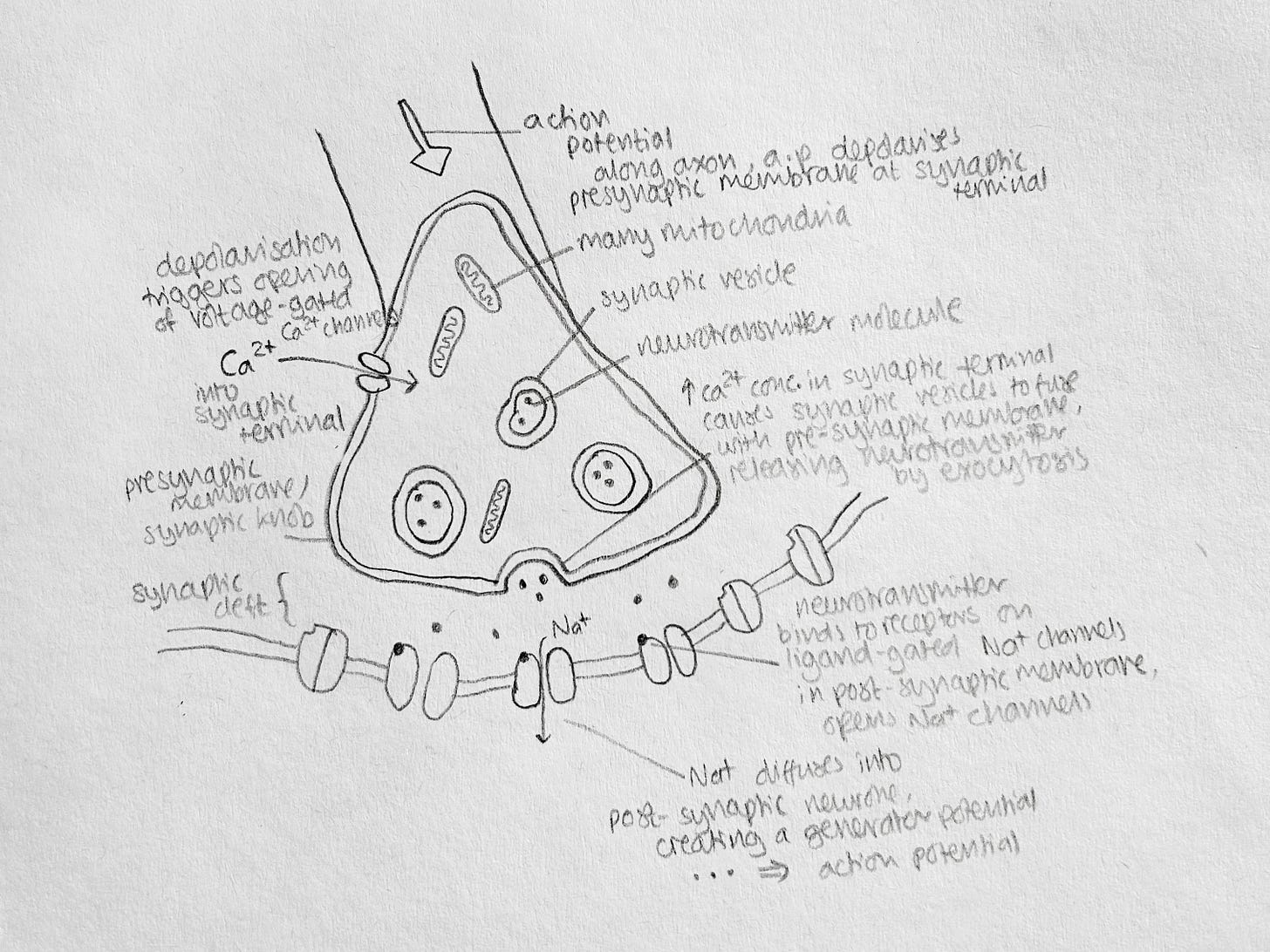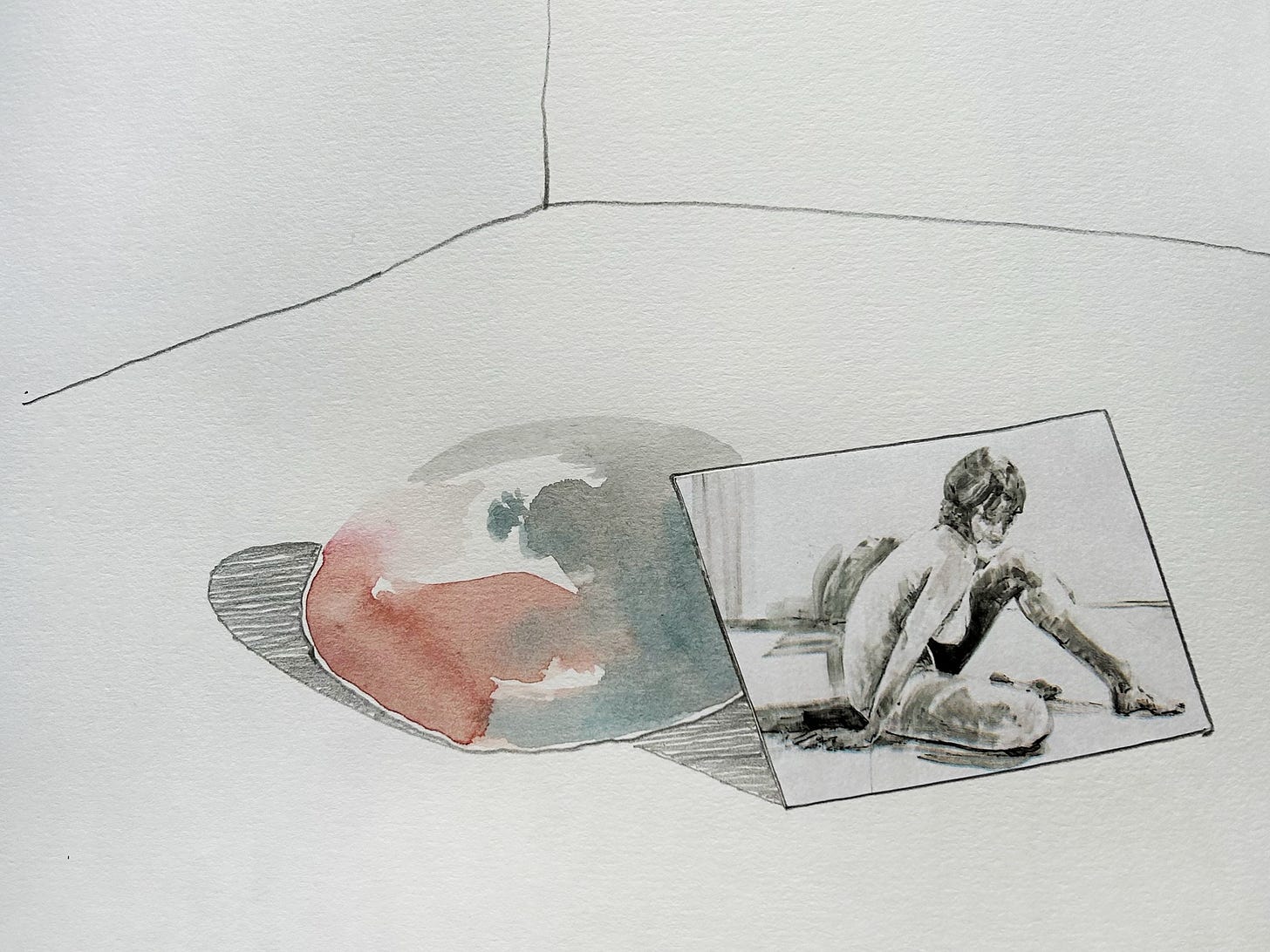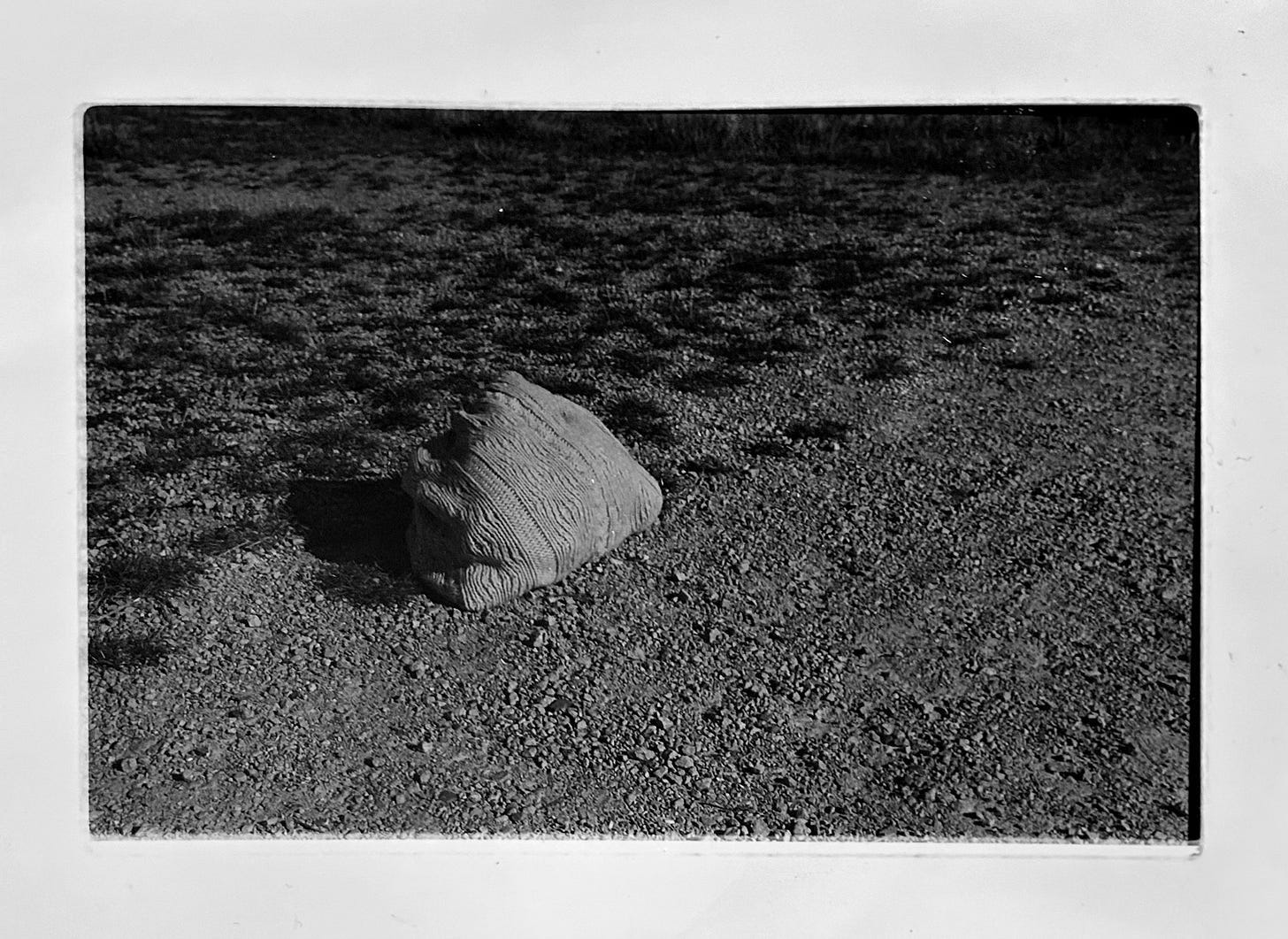As artists, one of our roles is to take responsibility for the work we create. There are elements we can play with to engage a viewer upon initial sight: the aesthetic of a piece, its physical, tactile qualities, the size and scale, along with the way that the piece is displayed in a space, and our suggested proximity to it.
But as a viewer of the artwork, what responsibilities do we have? Is our role as viewer passive or active?
Many times, artworks sit quietly waiting as we approach. The energy is decided by the artist, but once the artwork is in the same space as people, it has to wait for us to engage.
So when we approach an artwork, how much time and space do we make before we decide to move on?
What is happening, within our bodies on a physiological level, when we engage with an artwork?
I’ve been questioning what it is about the experience of viewing art that might shift the moment from a passive one to an active one. How much of that moment do we remember when we walk away? How can we be open, nurture a connection with an artwork, without forcing anything?
There is a physical and metaphorical space between viewer and artwork – and just like the space of the synapse – a sequence of events is required to transmit the signal across the space. What do we as individuals need from an experience of a moment to choose to store it as something which we can look back on? For it to become a moment that changes something; the way we see, the way we think? How actively do we need to fill the space between art and viewer?
I suppose this links into learning, and understanding how we individually enjoy learning - through seeing? Through doing? Something must occur in order for that event to become significant enough for us to remember, to recall. What triggers that shift of understanding or knowledge, and what are the similarities to the way we exist in relation to art?
Es Devlin said that “every time you learn the name of a species, you make room for it in your imagination.” I’m interested in how our interactions with the stimuli around us can trigger a shift of thought. Did we make a space in our heads for that moment to exist with intention?
At the moment, I’m looking at what I can learn from mirror neurones, and how this can be used in my work. Mirror neurones “represent a distinctive class of neurones that discharge both when an individual executes a motor act and when he observes another individual performing the same or a similar motor act.” They’re thought to be tied into why and how we feel empathy, and as artist I’m enjoying playing with how imagery, surface aesthetic, and tactile objects might be used to evoke an empathic response in the viewer by playing into this.
It makes sense to me that, as viewers, by meeting the artwork openly, through our bodies as well as our minds, we can give ourselves the best chance of finding some way to interact with a piece, and build a relationship with it. Maybe by walking around it, we understand its three dimensionality. Maybe we draw it, to think about the decisions that have been made. Maybe we challenge the traditional proximity of viewer and art and touch it (if allowed!), and our experience is a tangible, tactile one.
However we interact, we start to build a relationship with the art in a space and perhaps that relationship can then change the way we look at the world.
We Invite You…
Where do you think the boundaries sit between us and art?
Have you had a memorable interaction with art that has shifted something for you? What was it about that moment that allowed you to engage?
You might enjoy this video featuring Es Devlin presenting Come Home Again, in which she talks about the way she has noticed her perception changing while drawing:
“Something surprising happens to the edges of yourself, in that you become more porous in a way, and you start to recognise the symmetry between the systems within your own hand, that's drawing, and the systems within the animal or the species of plant that you're drawing…”







Francis Bacon spoke to David Sylvester about certain paintings (presumably really good ones...!) having the ability to leap onto (into?) the viewers nervous system... thus evoking a deeply felt response. This leap across the 'boundary' you mention between art work and viewer is mysterious, and perhaps wonderfully so? Enjoy your investigation into this, Rowan....keep us updated. PS; I remember an involuntary shiver happening more than once in front of Freud's pre-hog hair brush portraits of Kitty from the late 1940's. A further treasured memory of the 2012 NPG Freud 'Portraits' show was catching a brilliant moment of seeing David Attenborough leaning forward locked in an intense stare with a L F self portrait. Wonderful, unforgettable stuff....👍